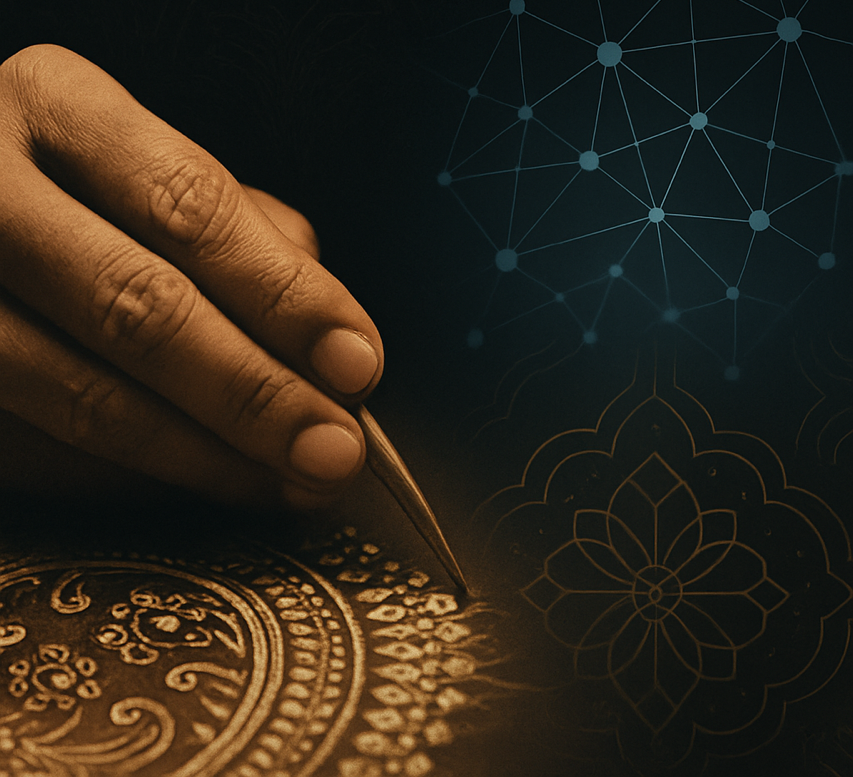Interest in the luxury smartwatch category is growing particularly for specific brands, but has not outpaced demand for more traditional timepieces, according to research conducted by DLG and published in The New York Times.

Interest in the luxury smartwatch category is growing particularly for specific brands, but has not outpaced demand for more traditional timepieces, according to research conducted by DLG and published in The New York Times.
Consumer interest in luxury smartwatches is steadily growing online but does not match the interest seen for more traditional mechanical timepieces from leading watch brands, according to research conducted by Digital Luxury Group (DLG).
The research, which measured global demand in English through Google searches on luxury smartwatches, was conducted by DLG and published in The New York Times for an article looking at whether the introduction of smartwatches had affected the sales of traditional watches.
It found that overall interest in smartwatches grew from 2015 to the end of 2018, representing a 222 percent increase over three years. Though for brands like Sony and Apple, consumers who searched for more generic terms like “Sony smartwatch” and “Apple smartwatch” in Google, interest “had plateaued and in some cases, declined.”
Interested in improving your brand’s Search strategy?
On average, there were more than 2.7 million searches a month for the term “smartwatch” on Google during January 2018 to March 2019, with interest steadily growing over the past five years. In 2017, the average monthly search demand for “smartwatch” was 2.2 million. And in 2018, that number rose to 2.7 million searches a month.
Demand for smartwatches is not expected to slow, according to Benedicte Soteras, DLG’s Head of Search. “With only (the first) three months of data for 2019 and the Christmas spike still to come, we’re only 13,000 (average monthly searches) short of the 2018 average.”
In comparison, overall interest in luxury smartwatches from 2015 to the end of 2018 grew by 187 percent. Though it is important to note that the volumes of search are significantly lower than those of smartwatches. In 2017, the average monthly search demand for “luxury smartwatch” was 4,000 and in 2018, that number rose to 4,300.
Looking specifically at some selected brands, Google searches for the Tag Heuer smartwatch reached a peak of 350,000 in December 2015, but has plateaued since the launch. Meanwhile search interest for similar models by other luxury watch brands like Montblanc, Hublot and Louis Vuitton have yet to reach more than 50,000 Google searches a month.
Figures published in the New York Times article from Counterpoint Research, a Hong Kong-based analytics company, found that some luxury smartwatch sales had been declining.
When TAG Heuer introduced the Connected Modular range, supported by the might of its LVMH Moët Hennessy parent organisation, “there seemed to be an upswell,” Peter Richardson, a research director at Counterpoint told the New York Times. “They seemed to be doing reasonable volumes — over 1,000 per week. But it seems to have faded off.”
“Another point from DLG’s research found that demand for smartwatches of specific high-end brands now equals demand for some more “traditional” product categories,” said Soteras.
Global search demand for “Hublot smartwatch” and “self-winding watch” during April 2018 to March 2019 stood at 8,100, and similarly global search demand for “Louis Vuitton smartwatch” was 6,600 compared to “dual time watch” at 5,400.

“Also users seem more inclined to buy (smartwatches) online than traditional watches, based on the numerous searches including specific online retailers,” she added.
The biggest shift in demand has been users looking at more niche luxury smartwatches or switching to more specific terms when searching on Google, said Soteras.
The research, which also looked at search interest for traditional time pieces, found that demand for mechanical watches remained a top priority for luxury consumers in the same period.

Other insights from the research found that the United States led the way in terms of interest for luxury smartwatches in 2018, accounting for 46.4 percent of searches for the term "luxury smartwatch" in English globally. This was followed by Other Countries, which accounted for 31.9 percent, the United Kingdom at 9.6 percent, Canada at 4.6 percent, Australia at 4 percent and India 3.5 percent.
Consumers searching for “luxury smartwatch” in 2018 were also predominantly using their mobile devices to conduct Google searches, which accounted for 66 percent of interest, this is followed by desktop computers at 27.7 percent and tablet computers at 6.8 percent.
Looking forward, Soteras believes that brand uplifts or new players entering the market who demonstrate innovative models could help drive further interest in smartwatches.
“Just like any new commodity that’s been on the market for a few years, the demand plateaus at some point and then users tend to opt for more specific and niche searches,” she said. “At a models or brands level though, we might see uplifts or even new players come through depending on the innovation or marketing pushes, she added.










